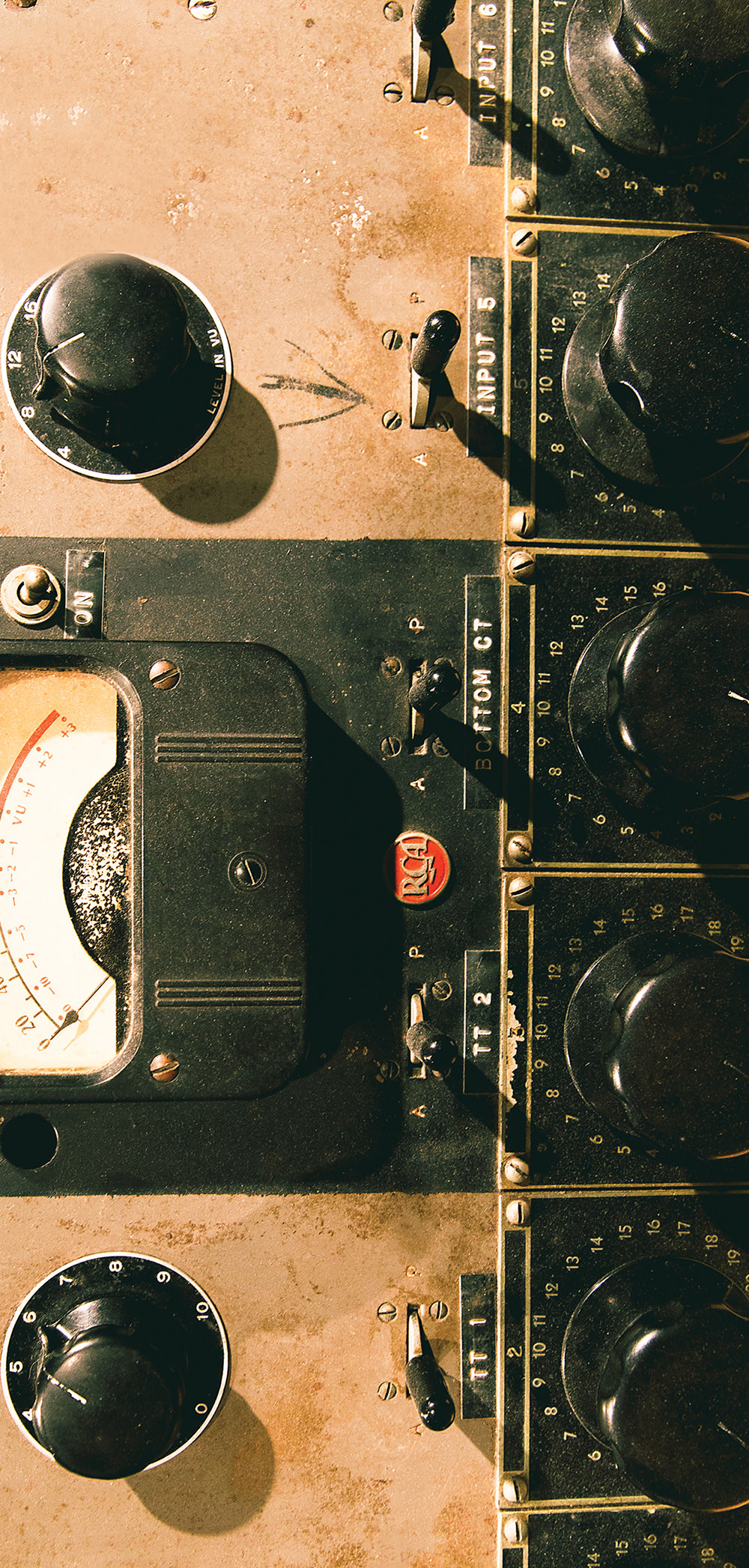My experience with Universal Audio's Ox Amp Top Box definitely cleared up any misconceptions or doubts I'd had about this device. More than just a reactive load box, power attenuator, and guitar recording system with emulations, the OX is much bigger than the sum of its parts. What UA means by "reactive load box" is that when connected, your amp actually sees OX as simply a speaker, thus maintaining all the character of your tube amp while offering Universal Audio's Dynamic Speaker Modeling Technology. The maple striped front face of the OX houses control knobs split into their analog and modeling domains. Via its own built-in Wi-Fi hotspot, the hardware communicates with the OX software app, which offers an easy to navigate UI reminiscent of existing UAD plug-ins. The back of the chassis offers balanced stereo line/monitor outputs, S/PDIF outputs (RCA and TOSLINK), a selectable ohm speaker output, and a dedicated power connection. I wanted to find out how the OX fits into a studio workflow, and what uses it may have other than just providing rocking guitar tones!
To clarify, the OX application does not do any processing, this happens with DSP in the physical OX Amp Top Box hardware itself. The App is where all parameters are selected that offer a slew of customizable, modeled combinations that can be built into RIGs with a Mac or iOS device, then saved for easy recall later. App parameters that comprise a RIG setup include three different channels of customizable, modeled microphones (two close mics one room mic), a speaker cabinet emulation, and a master effect section. The room mic modeling controls offer a damp setting that changes the live-ness of the room. The room mics can be placed (or spatially configured) in the app, and the physical Room knob on the OX Amp Top Box controls the level of the room mics. Convenient.
The Amp Top Box benefits from the app's appropriated suite of UAD plug-ins, which include an EQ, an 1176 compressor, a stereo delay and a stereo plate reverb. Once plug-ins are configured in the app, they're live as you are recording, which will save you CPU processing. You do not have individual outputs for the different mic models, so hard panning the close mics into separate inputs can be an easy workaround. A Cone Cry parameter in the app allows you to vary the speaker model from "new" to "broken" which adds additional harmonics to certain notes. All of this processing affects only the balanced stereo line and S/PDIF outputs, while the attenuated guitar signal runs an all-analog signal path.
Keep in mind that the OX is to be used with tube amplifiers, not solid-state units. The maple striped facade of the enclosure sits atop amps beautifully, weighing in at 14 pounds. When playing an electric guitar and "diming" a Fender Bassman, the OX surprised me - there was no hum! The articulation was all there, and the OX's below 3 ms latency was not noticeable. On bass the OX performed equally as well, although the app's selection of cabinets isn't as useful as for guitar. I compared some of the speakers to real life versions and the OX faired very well, however that's not how I approached this device. What matters to me is its impact in the mix and the song. Does it sound and feel good to the client? Does it save time and improve my workflow? On all these marks, the OX delivered in spades!
The attenuator is stepped in five positions, and in practice was very accurate for landing near the sweet spots for different amps I used: but what about other uses? Re-amping with the OX is killer! Running drum machines and synthesizers with a re-amp box allowed me to get all sorts of grit, ambience, and attitude from pretty much any source - albeit a very colored sound. If pedals work well with your amp, then the same will be true for the OX. When using the hardware without the app, six RIGs can be saved to the OX and selected manually with the RIG knob.
The beautiful thing about the app integrating with the hardware is that you don't lose anything. The presets you create are stored. The OX saves so much time in the studio - you get the processed signal from the OX Amp Top Box while at the same time getting a mic'd amp signal in its tonal sweet spot. The OX is a brilliant solution for recording guitars, even if you own a solid mic selection and a beautiful room to record in. One caveat, there are no Celestion Vintage 30 speaker models, but there are three USB ports, and a footswitch, which I sense will come into play with firmware updates. There is so much to go through with the OX that I can't possibly cover it all here - there's even an Easter egg triggered via a momentary footswitch that turns the OX into a primitive looper? I highly recommend sitting down with an OX if you can.




_disp_horizontal_bw.jpg)